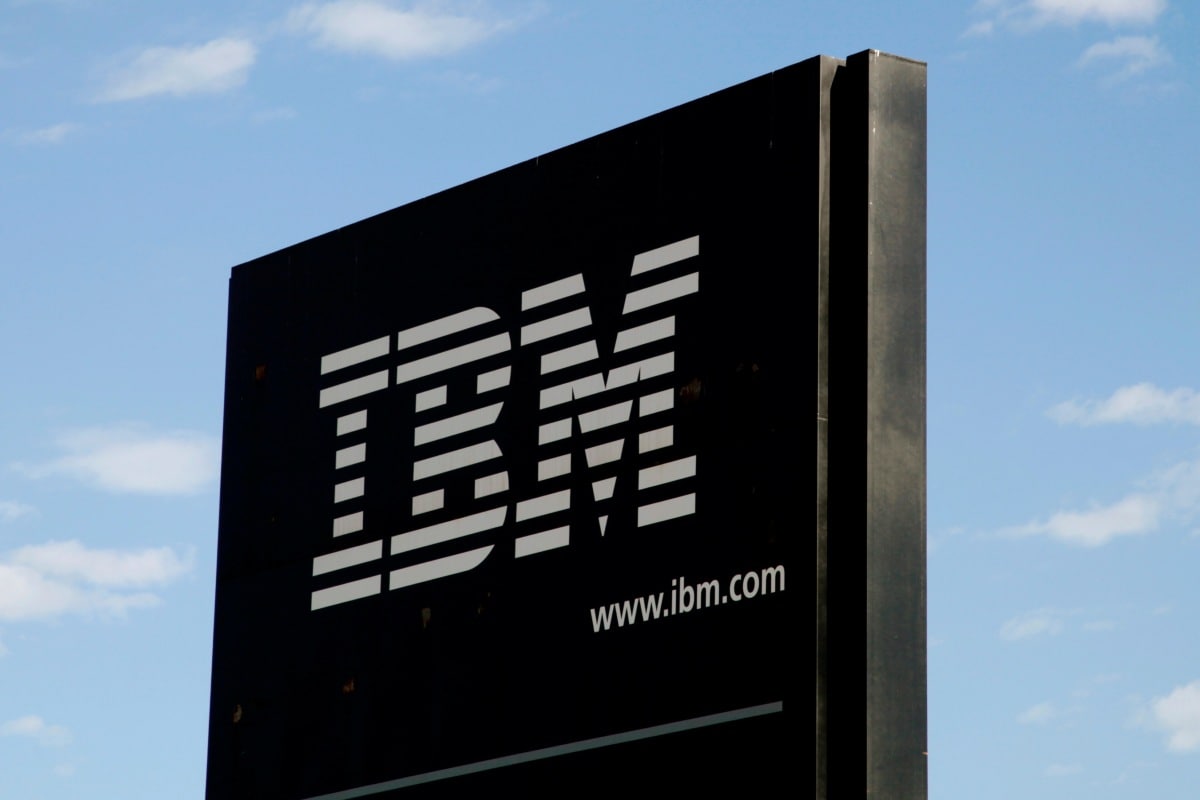
Do you know? Netflix binges, emails, and PUBG games all have a fatal toxic carbon lining. Cloud-based data are large enough to affect the climate. More than 90% of the world’s businesses now keep their data on the cloud. Earlier, corporations have used cloud computing to reap the advantages of cost-effectiveness, agility, and security that cloud computing provides. But on the other hand, sustainability is becoming more important, as seen by the rising popularity of green cloud computing.
According to industry estimates, because of the widespread use of the internet, datacenters currently require an estimated 200 terawatt-hours (TWh) of electricity per year. In certain nations, this amount of power is more than the entire national electricity usage.
The information and communications technology (ICT) industry contributes to between 2 percent and 6 percent of worldwide greenhouse gas (GHG) emissions. In this article, we will discuss what Green cloud Computing is and the ways that make the cloud “green”?
So, let’s start!
Green Cloud Computing – What’s it
In the phrase “Green Cloud Computing,” the use of the term “green” in conjunction with cloud computing suggests that the technology is environmentally beneficial. In order to minimize energy usage, as well as garbage, being thrown into the environment, the idea has been developed. However, we need first to understand what cloud computing is and how it is being used in enterprises today before delving more into the topic of green cloud computing.
The notion of cloud computing has made it feasible to function without the need for a physical server. For example, campuses made advantage of the information technology sector to link servers in server rooms. In addition, cloud computing has eliminated the need for physical servers in enterprises. Resulting in employees working from anywhere in the world.
Aspects of cloud computing that make cloud “green.”
#1. Nano Data Centers: When it comes to productivity, Nano Data Centers exceed regular server centers. Because of their high service proximity and capacity to self-scale, they may reduce the cost of heat dissipation.
#2. Dynamic Voltage Frequency Scaling: Frequency scaling is an approach that is used to reduce the amount of power and energy required. Using this strategy will result in a reduction in energy consumption and a change in the way resources are used in the future.
#3. Virtualization: With virtualization, you may increase the number of available system resources while still being environmentally conscious. In general, it allows for more effective monitoring and resource allocation management. It assists the server group in maximizing its capacity to share resources.
Green Cloud Computing – Advantages and Disadvantages
More and more businesses are becoming environmentally concerned and adopting green cloud computing, which has a number of benefits over traditional information technology. In this part, we will look at the benefits of green cloud computing and any drawbacks that may arise if it gets implement. So let’s delve a little deeper.
Benefits:
#1. This allows you to eliminate the need for paper.
One of the most significant advantages of green cloud computing is that it has assisted enterprises in becoming paperless by providing a variety of cloud storage alternatives like OneDrive, DropBox, SharePoint, and others. Paperless technology has advanced to a whole new level of capability thanks to these data storing choices. In other words, you may avoid the need to reuse, shred, burn, or otherwise dispose of your paper documents while also protecting the environment from the negative influence they can have on the environment.
#2. You can reduce your carbon footprint.
Working from home or anywhere else has become possible thanks to cloud computing. The notion of remote work has been born as a consequence of this development. As more and more individuals work from home, fuel emissions get reduced, which results in reducing the carbon dioxide emitted into the atmosphere by the environment. Additionally, you will need less infrastructure and, as a result, will save energy from it.
#3. Cloud Computing for the Environment: Energy Conservation
With the use of the cloud, enterprises may pool their resources and minimize the amount of equipment required on-premises, resulting in a reduction in power usage and a substantial reduction in your electricity cost.
#4. Environmentally friendly cloud computing: a cost-effective platform that improves the customer experience
First, organizations are able to wow their customers to the highest degree by delivering more responsive apps within the required time frame, which is feasible through cloud migration.
#5. Cloud Computing for the Environment: Multitenancy
Using multitenancy, a large number of companies (public cloud) or numerous specialty units inside a single firm (private cloud) may benefit from a single/common cloud-based infrastructure while maintaining their own identities. As a result, the percentage of peak to average loads drops, reducing the need for more infrastructure and electricity.
Disadvantages:
#1. The first investment in green computer processing may appear prohibitive for small and medium-sized businesses. However, not everyone agrees that green computing is a feasible option.
#2. Cloud computing technology is always growing, making it difficult for everyone to keep up with the changes as quickly as they come about.
#3. Computers made from recycled materials may be underpowered. In order to preserve energy, green computing would have a negative influence on applications that demand a lot of power.
Conclusion
Cloud computing technology’s advantages have gone a long way. It’s a way to develop methods and operations that don’t add to global environmental challenges.
Environmental damage has always led attributed to technological advancements. Cloud computing is a great way to help make up for legitimate worries, but it is not without hazards. However, green cloud computing may assist your company to enhance labor efficiency, business cycles, and the environment.
Reduced power consumption in data centers is a green cloud computing architecture goal.
If you are looking for the best green cloud computing services, then eWebGuru has the best services available. We also have different packages for you to select according to your business requirements. Call us today to book your cloud storage plan.
Ashok Arora is CEO and Founder of eWebGuru a leading web hosting company of India. He is a tech enthusiast with more than 25 years of experience in Internet and Technology.
Ashok is Master in Electronics from a leading Indian university.
Ashok loves to write on cloud, servers, datacenter, virtualisation technology.
[ad_2]
Source link







